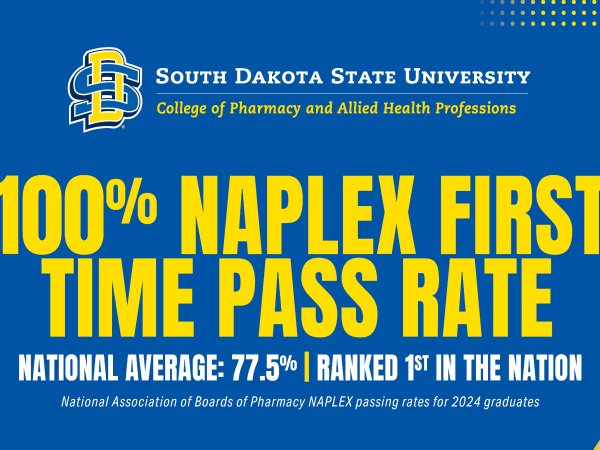The road to a four-year degree is becoming too costly for some South Dakota students.
South Dakota typically ranks as one of the worst states for college student loan debt, with a recent LendEDU study putting the state at number 44 in the nation.
More than half of all U.S. college students do not feel that the value of an education has kept up with the rising cost according to a recent poll from Ascent Student Loans.
Former South Dakota State student Sam Johnson said he feels this way too.
Johnson withdrew from classes at SDSU last fall, a few weeks into his sophomore year. He was a secondary education major, studying to “give a higher quality of life for younger kids.
“I was at the point where the degree I wanted just didn’t outweigh the cost financially,” Johnson said. “It’s a great degree, and I’m not knocking anyone that’s going for it, but it’s hard to climb out of debt like that when you’re only making $29,000 to $32,000 a year right out of college.”
Since leaving SDSU, Johnson has been working full-time at Combined Pool and Spa in Sioux Falls. He said he is still paying off a student loan from his freshman year, but now plans on attending Southeast Technical Institute for a two-year degree in marketing.
The average South Dakota college student accumulates an average of $31,332 of debt after graduating college according to LendEDU. SDSU currently ranks under this statistic, with an average of about $25,985 according to the Office of Financial Aid last year. But this is an increase of about $2,800 from four years ago.
Carolyn Halgerson, the director of the Financial Aid office, attributes the problem with rising student debt to a decrease in financial aid and government funding for higher education.
“Federal and state financial aid just aren’t keeping up for students,” Halgerson said. “As students are needing more money to cover the cost, they’re looking for outside sources and that’s where a lot of this student loan debt is coming from.”
Students still end up primarily cover the costs of tuition through federal direct loans. One of these loan programs, the Federal Perkins Loan, just expired last year. With the decrease in programs like these, students are turning to private loans through local banks.
A recent SDSU graduate, Cheyenne Spielmann, used two private loans to graduate with a psychology degree in May.
“Honestly, when I think about how much a student loan is, it might not seem like it’s worth it, but I know it’ll pay off in the end,” Spielmann said. “It’s different for everybody, but I know I’ll end up a lot better off having the degree.”
In today’s world, a college degree still guarantees a higher paying position for workers. College graduates, on average, earn 56 percent more than high school graduates according to the Economic Policy Institute.
Most students must begin payments on loans within six months of graduating. This is the case for Spielmann as well, who will have to begin paying back students loans in November.
“I’m a little nervous about paying [the loans] off,” Spielmann said. “It’s not a huge amount, but I’m just kind of waiting to see … the minimum payments I have to make and see if I have enough money to cover things.”
But Spielmann said she is grateful for skills she had acquired throughout her college experience, skills that fall outside of her major.
“In my classes, I learned a lot about teamwork and leadership skills and I’m able to speak out a lot more than I used to,” Spielmann said. “I’m definitely a more different person now than when I first came here.”



















